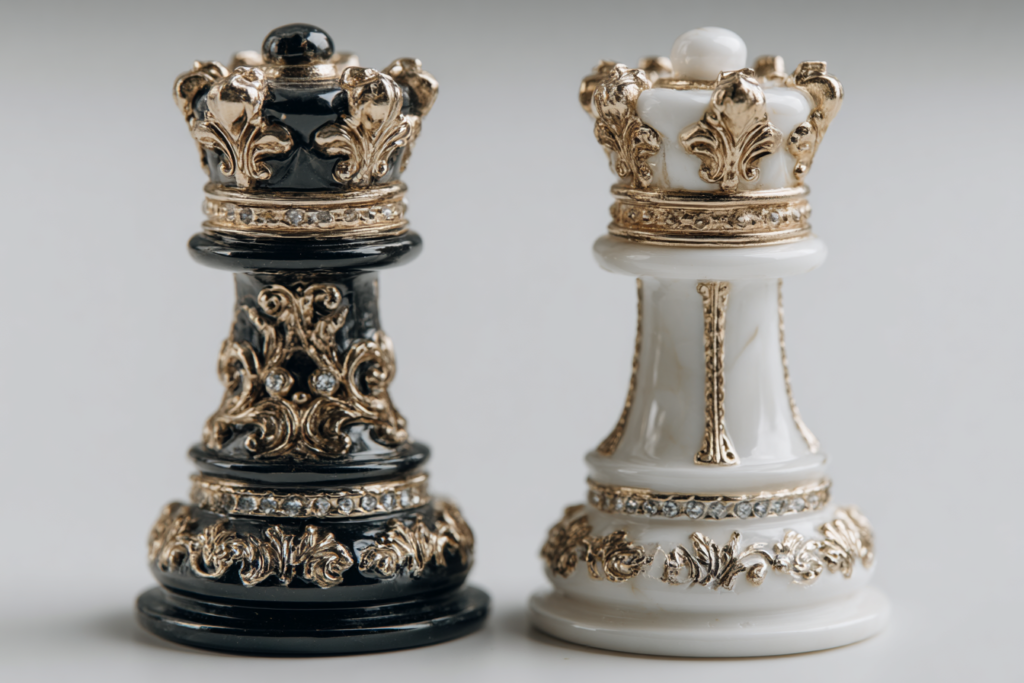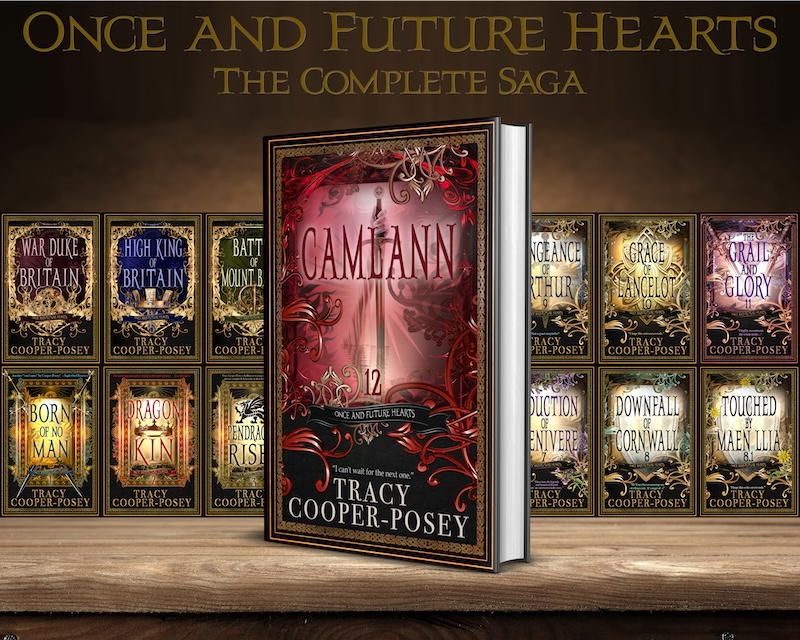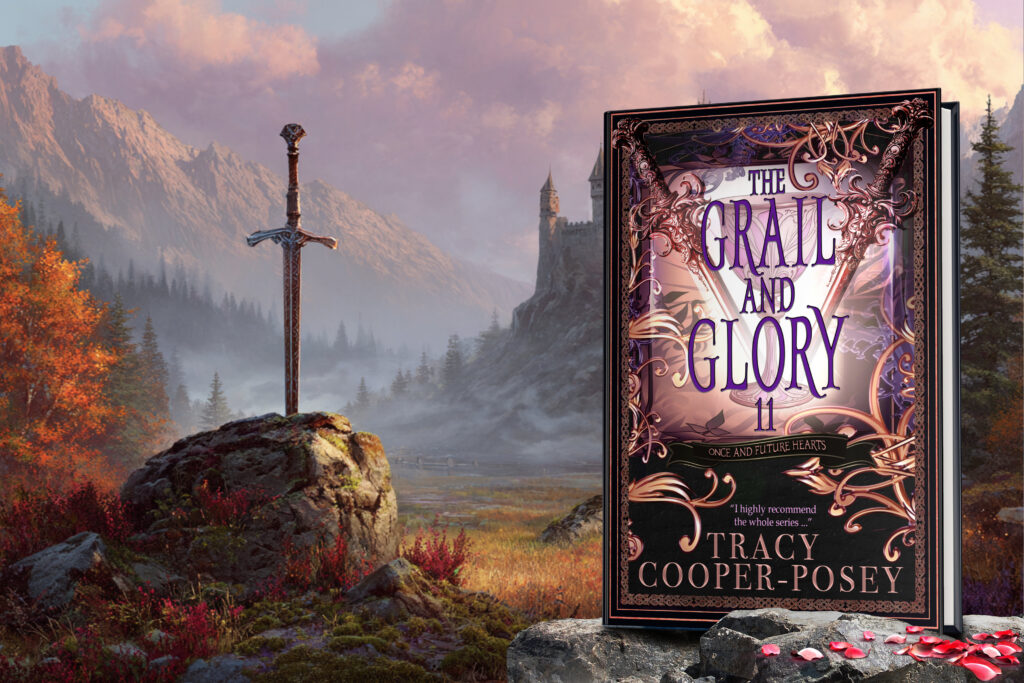Why I Will Never Give Up My Historical Romances
Why do I cling to historical romance? Maybe it’s the dresses—those gowns that could stop a man dead in his tracks. Maybe it’s the slow-burn tension of a hand brushing a sleeve. Or the sweeping backdrop of revolutions, arranged marriages, and the occasional ghost haunting the manor. Modern love stories don’t usually come with corsets, political chess games, or stolen glances across candlelit ballrooms. Historical romance gives us all that, and then some. Here’s why I’m not giving it up anytime soon.











